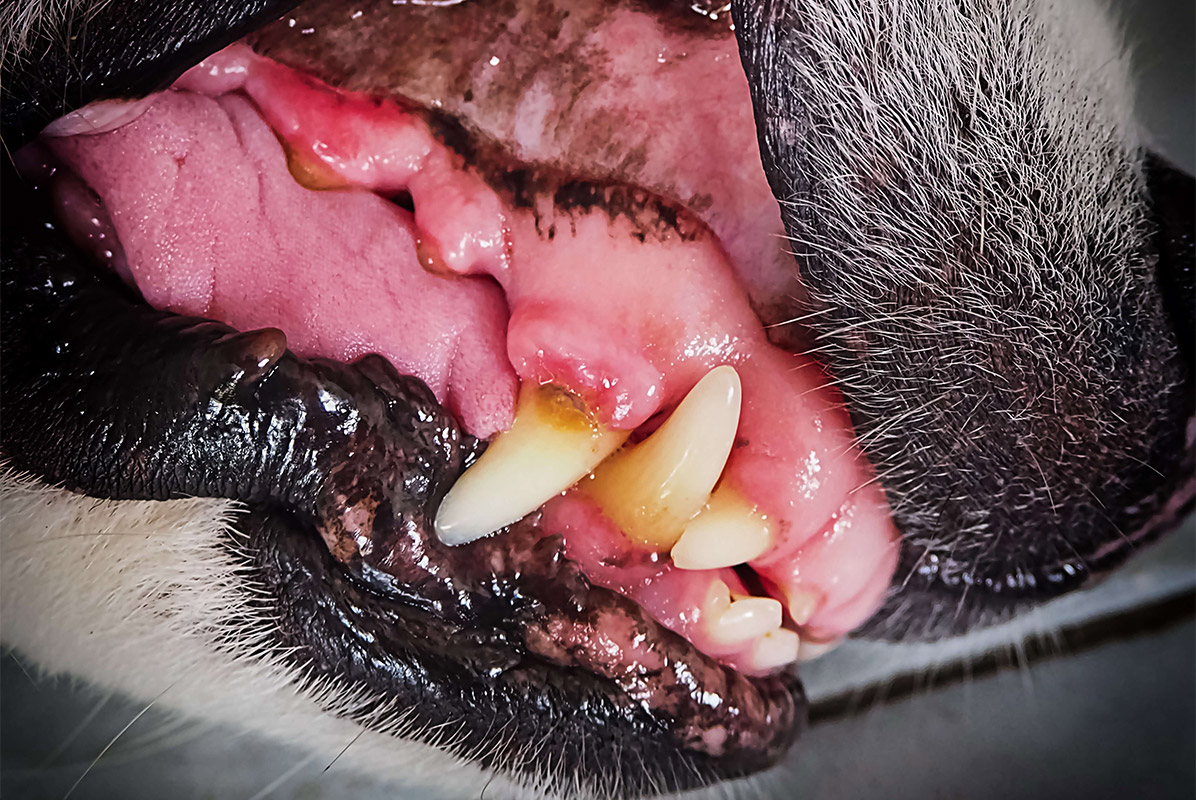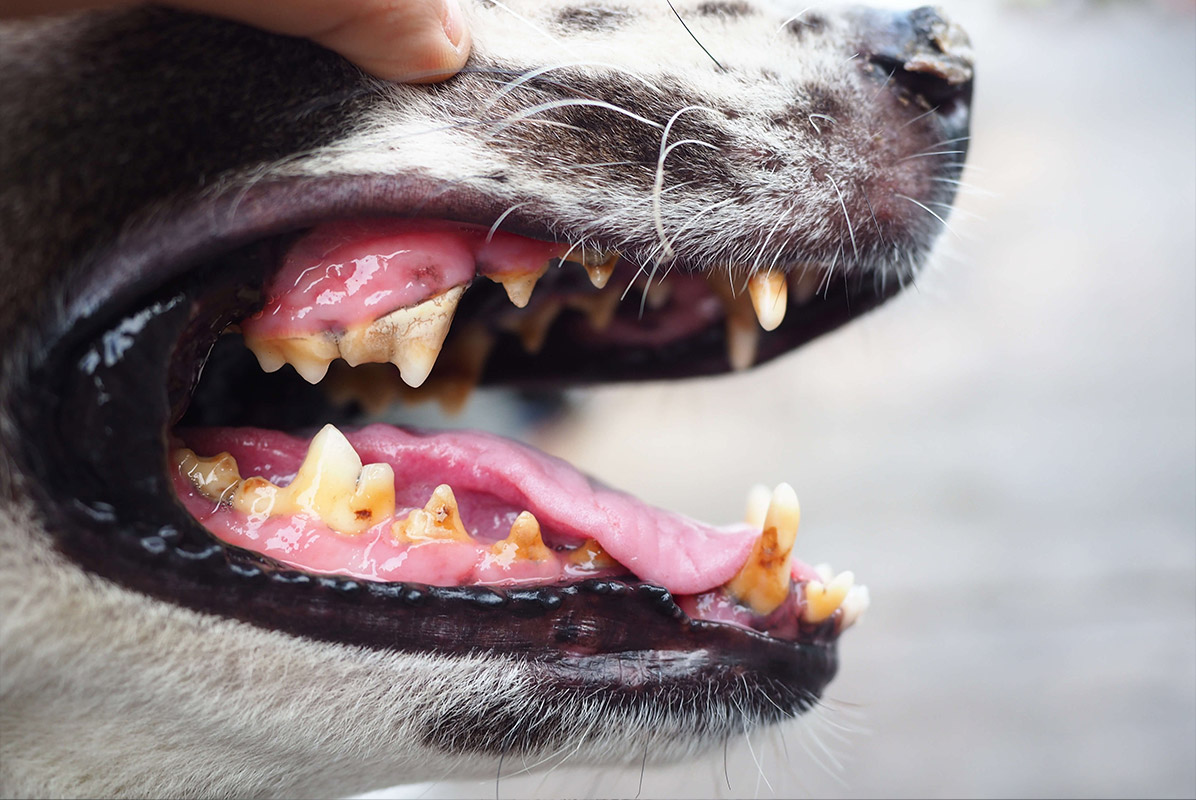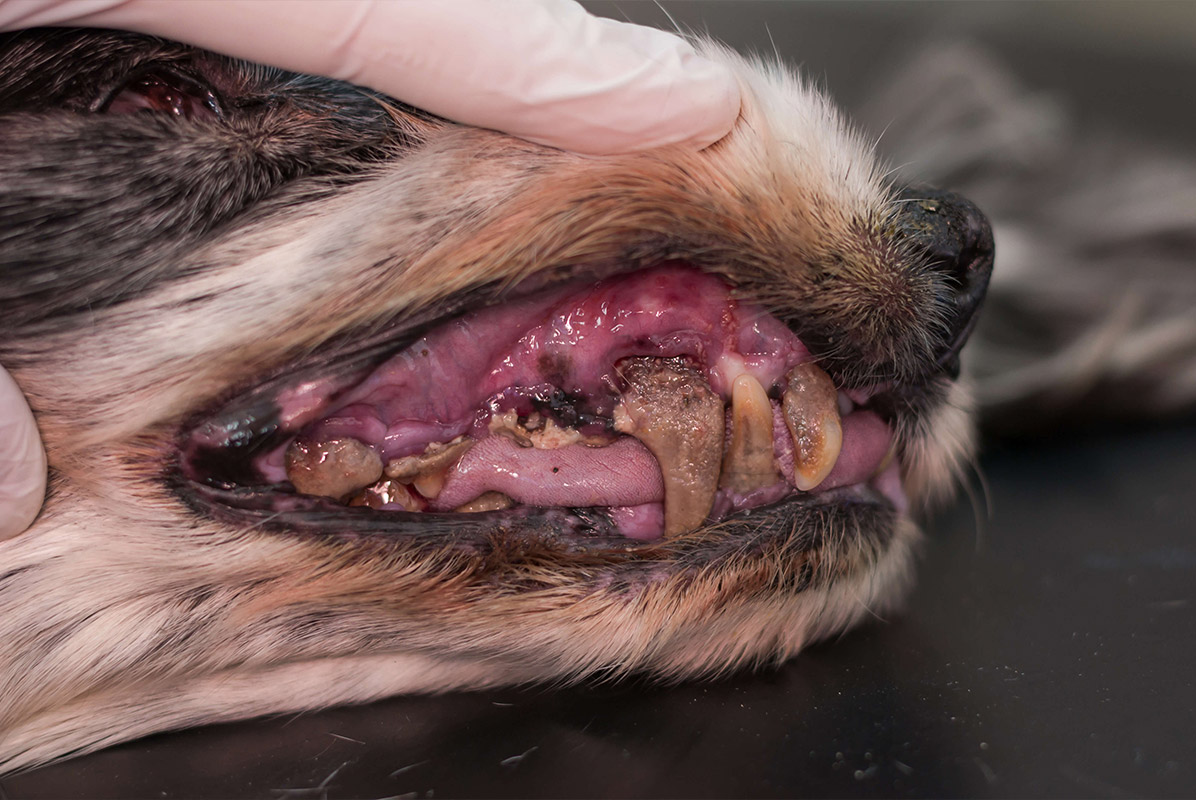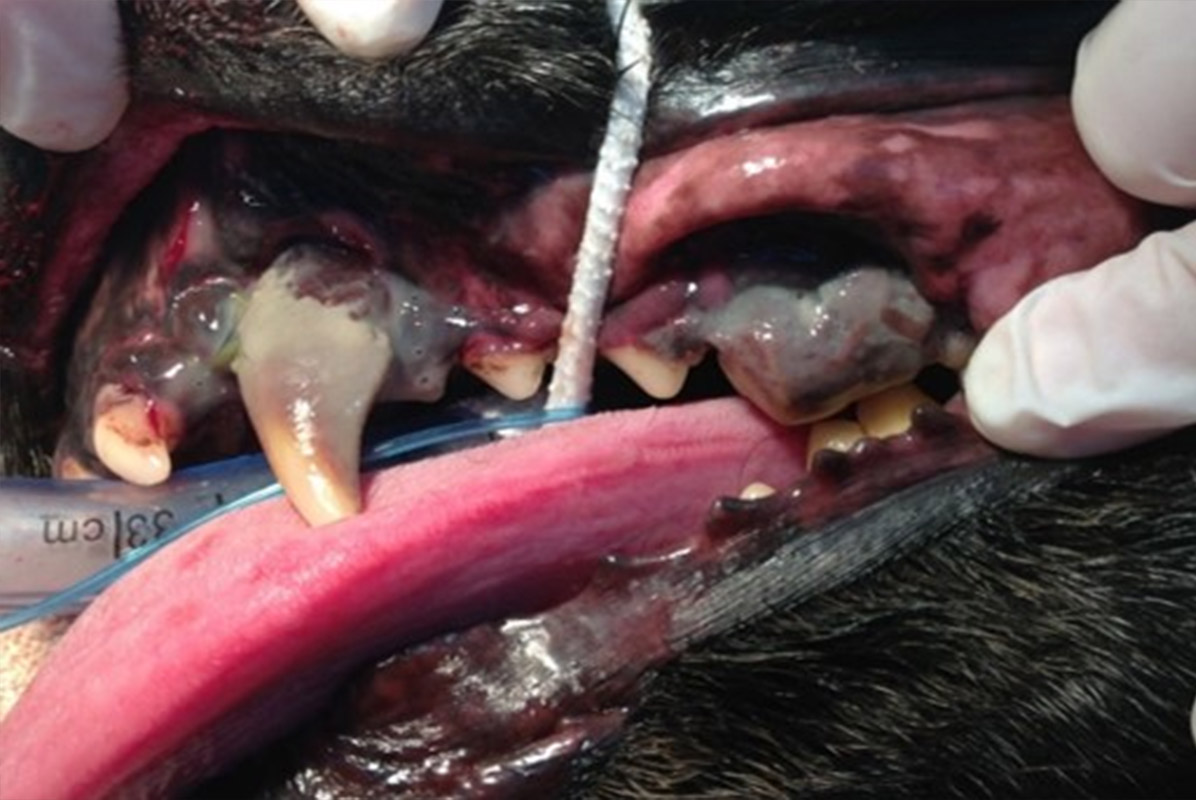You may not be aware, but did you know that dental disease can affect not only people but also our beloved dogs and cats? Surprisingly, around 20% of the Australian human population has dental issues, and we take great care of our oral health by regularly brushing, flossing, and getting our teeth cleaned. Similarly, in the Australian pet population, it's astonishing to learn that nearly 80% of dogs and cats over the age of three will experience some level of dental disease. It is crucial for pet owners to be aware of this and take necessary steps to ensure their furry friends' dental health.
THE FOUR GRADES OF DENTAL DISEASE
In order to assess dental health in dogs and cats, we use a grading system that considers the extent of plaque, tartar, inflammation, and periodontal disease. This disease is a destructive process that affects the structures supporting the teeth, and sadly, it cannot be reversed. Let's dive deeper into understanding the different grades of dental disease, so we can take better care of our furry friends' oral health.
GRADE 1
With plaque build-up, inflamed gums, and no signs of bone loss or periodontal disease, it's high time to schedule an Expert Pet Dental Clean

GRADE 2
Plaque and calculus are extending downwards, leading to the formation of a pocket. There is also mild gingival recession and bone loss. It's high time for a complimentary dental checkup to receive a customized treatment plan.

GRADE 3
The buildup of plaque and calculus continues to extend downwards, leading to the formation of deep pockets. This can result in more substantial bone loss and the possibility of ulceration of the gingiva. It is crucial to schedule a complimentary dental check-up to receive a customized treatment plan.

GRADE 4
Excessive plaque and calculus, severe inflammation, deep pocket, significant loss of gingiva and bone loss resulting in loose teeth. It’s time for a complimentary dental check-up to receive a personalized treatment plan.



